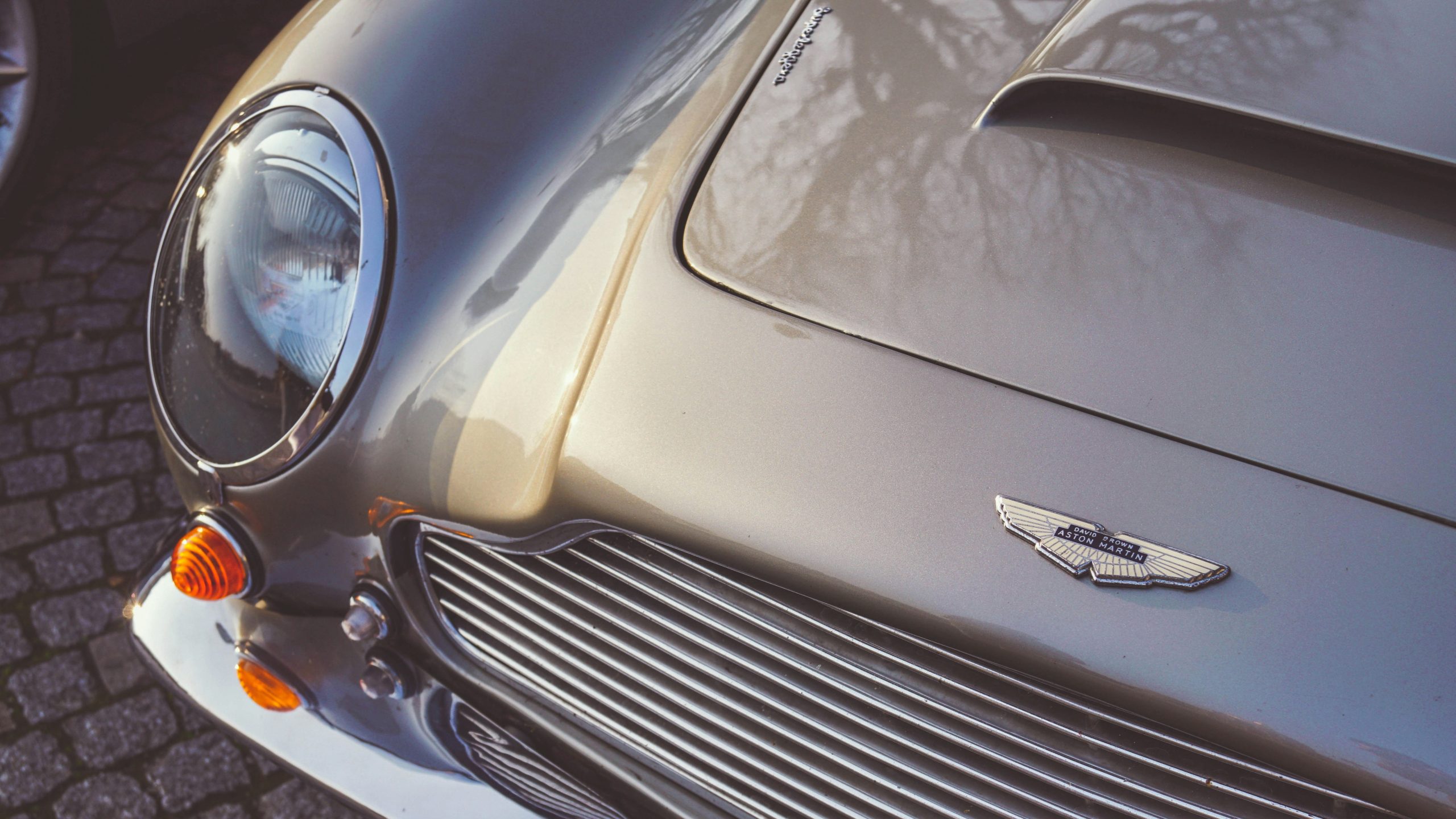1965 Aston Martin DB6
The Aston Martin DB6, introduced in 1965, is a quintessential symbol of British luxury and engineering prowess. As the successor to the iconic DB5, the DB6 carried forward the legacy of its predecessor while introducing significant improvements in design, comfort, and performance. This article delves into the history, design, engineering, and lasting legacy of the Aston Martin DB6, highlighting why it remains a cherished classic among car enthusiasts.

The DB6 was developed as part of Aston Martin’s ongoing effort to evolve and refine its grand touring cars. Following the success of the DB5, Aston Martin sought to create a model that would address the increasing demand for more space, comfort, and better aerodynamics. The DB6 was the result of these efforts, offering a more refined and practical vehicle without compromising on performance or style.
The design of the DB6, led by Tadek Marek and Harold Beach, represents a harmonious blend of classic elegance and modern innovation. While retaining the iconic styling cues of the DB5, the DB6 introduced several notable changes. One of the most significant was the Kamm tail, a truncated rear end designed to improve aerodynamic efficiency and stability at high speeds. The DB6’s longer wheelbase and higher roofline provided increased interior space, making it more comfortable for long-distance touring. The car’s front end featured the signature Aston Martin grille and quad headlights, while the bodywork was characterized by smooth, flowing lines and subtle curves. The use of lightweight aluminum panels over a steel chassis contributed to the car’s balanced and agile handling. Inside, the DB6 exuded luxury and sophistication. The cabin was meticulously crafted with high-quality materials, including Connolly leather upholstery, Wilton carpets, and polished wood trim. The dashboard featured clear, elegant instrumentation and a comprehensive set of controls, reflecting Aston Martin’s commitment to driver engagement and comfort.


Under the hood, the Aston Martin DB6 was powered by a 4.0-liter inline-six engine, developed by Tadek Marek. This robust engine, equipped with triple SU carburetors, produced around 282 horsepower in its standard configuration. The DB6 was also available with a Vantage engine option, featuring triple Weber carburetors and delivering up to 325 horsepower, enhancing its performance credentials. The DB6’s powertrain was mated to a five-speed ZF manual gearbox, although a three-speed Borg-Warner automatic transmission was also available as an option. The car’s suspension system, with independent front suspension and a live rear axle, provided a balanced ride and excellent handling characteristics. With a top speed of approximately 150 mph and the ability to accelerate from 0 to 60 mph in around 6.1 seconds (in Vantage specification), the DB6 offered impressive performance for its time. The car’s disc brakes on all four wheels ensured reliable stopping power, adding to its safety and drivability.


Throughout its production run from 1965 to 1970, the Aston Martin DB6 saw several notable variants. The DB6 Volante, introduced in 1966, was the first convertible model in the DB series. It featured the same performance and luxury as the coupe, with the added pleasure of open-top motoring. In 1969, Aston Martin introduced the DB6 Mark II, which included subtle design updates and improvements in comfort and handling. The Mark II featured wider wheels and flared wheel arches, along with updated interior details and enhanced suspension components.
The Aston Martin DB6 quickly gained a reputation as a symbol of British elegance and performance. Its appearances in popular media, including films and television shows, helped cement its status as an automotive icon. The DB6 was favored by celebrities, dignitaries, and driving enthusiasts who appreciated its blend of luxury, style, and speed. Despite its relatively short production run, the DB6 left a lasting legacy. It represents the culmination of Aston Martin’s efforts to create the ultimate grand tourer, combining the best aspects of its predecessors with innovative design and engineering.